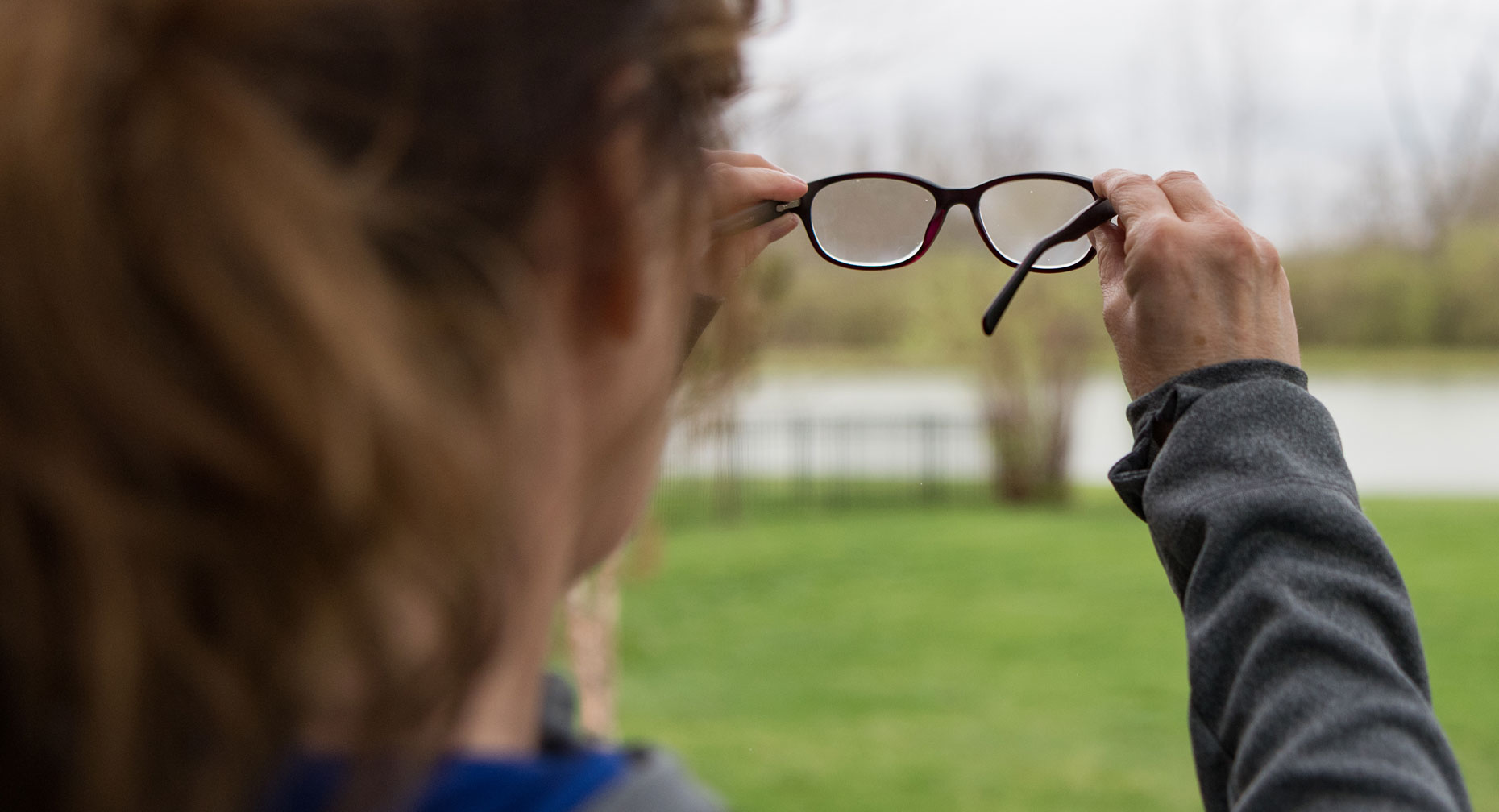Don’t Let Diabetes Sneak Up On You

Answer a few questions and we'll provide you with a list of primary care providers that best fit your needs.
What you don’t know sometimes can hurt you, especially when it comes to diabetes.
If you want to get a handle on diabetes before it gets dangerously out of control, you need to get diagnosed as early as possible. And that means you need to know the warning signs.
“Ignorance is not bliss when it comes to diabetes,” explains Rebecca Roberts, nurse practitioner (ANP-BC) and certified diabetes educator. “Diabetes management is all about prevention.”
Roberts says that knowing the warning signs of diabetes can help you detect it early. And early detection means you’ll be in a better position to slow down the progression of the disease.
Heed the Warning Signs And Risk Factors
According to the American Diabetes Association, common warning signs include:
- Frequent urination
- Increased thirst
- Increased hunger
- Extreme fatigue
- Blurry vision
- Cuts and bruises that are slow to heal
- Weight loss, even though you may be eating more (type 1 diabetes)
- Tingling, pain, or numbness in the hands and/or feet (type 2 diabetes)
But, Roberts cautions, often there are no noticeable symptoms. That’s why it’s vital to be tested at least once a year after the age of 45, or starting at any age if you have a BMI of 25 or greater (23 or greater if you’re Asian American) and one additional risk factor:
- Being overweight
- High blood pressure
- High cholesterol
- Family history of diabetes
- A sedentary lifestyle
- Personal history of gestational diabetes (diabetes during pregnancy)
- PCOS (polycystic ovary syndrome)
- Age 40 or older
- Belonging to certain ethnic groups, including African Americans, Native Americans, Hispanics, Pacific Islanders, and Asian Americans
“Ignorance is not bliss when it comes to diabetes.”
Tests For Diabetes
If you show any of the warning signs, have any risk factors, or simply haven’t been screened regularly, it’s wise to see your doctor right away. She will probably recommend one of the following tests:
- Fasting Plasma Glucose (FPG). Before taking this test, you can’t eat or drink for at least eight hours. Diabetes is diagnosed if your FPG is 126 mg/dl or higher.

- Hemoglobin A1C. This test measures your average blood glucose for the past two to three months. The advantage of this test is that you don't have to fast or drink anything. Diabetes is diagnosed at an A1c of greater than or equal to 6.5 percent.
- Oral Glucose Tolerance Test. This looks at your blood glucose levels before, and two hours after, you swallow a special sweet drink. Diabetes is diagnosed if your two-hour blood glucose level is at or higher than 200 mg/dl. According to Roberts, this tends to be the most accurate of the tests listed here.
Don’t Let It Sneak Up
“Often people have a higher than normal blood glucose level for 10 years before they begin to recognize the warning signs of diabetes,” says Roberts. “Since Type 2 slowly gets worse over time, you might not initially attribute your symptoms to diabetes. For example, you may be getting up more frequently to urinate, and blame it on aging.”
Unfortunately, if you wait too long to get diagnosed, you miss the opportunity to slow down the progression of the disease through medicine, diet, and exercise. In the meantime, diabetes can wreak havoc on your liver, the nerve endings in your hands and feet, and your vision.
“It’s better to know, so whether it’s through your doctor, or even at a health fair, get the testing done,” Roberts says.
Answer a few questions and we'll provide you with a list of primary care providers that best fit your needs.
Source: American Diabetes Association; Rebecca Roberts, ANP-BC and certified diabetes educator, Bull Family Diabetes Center





